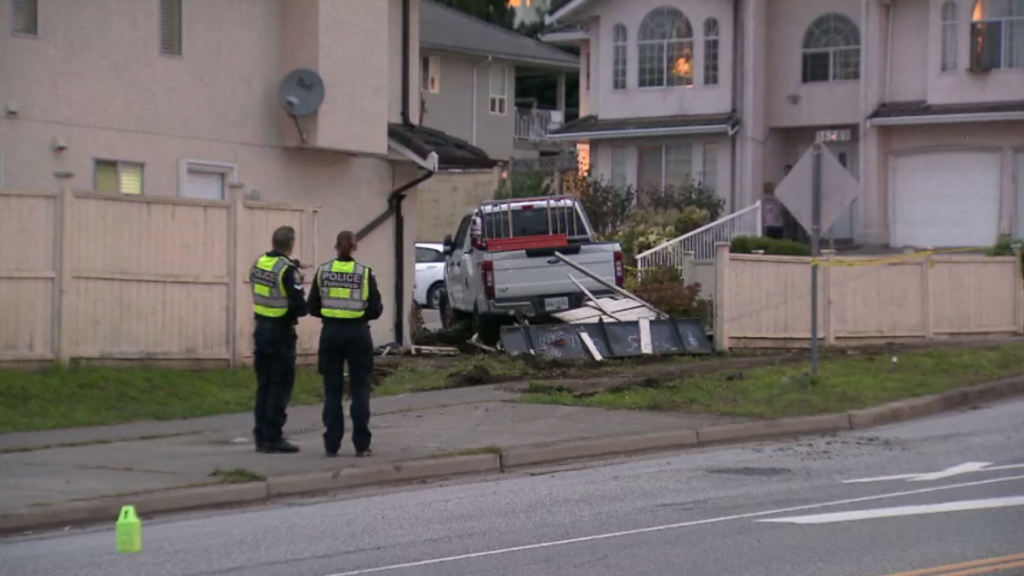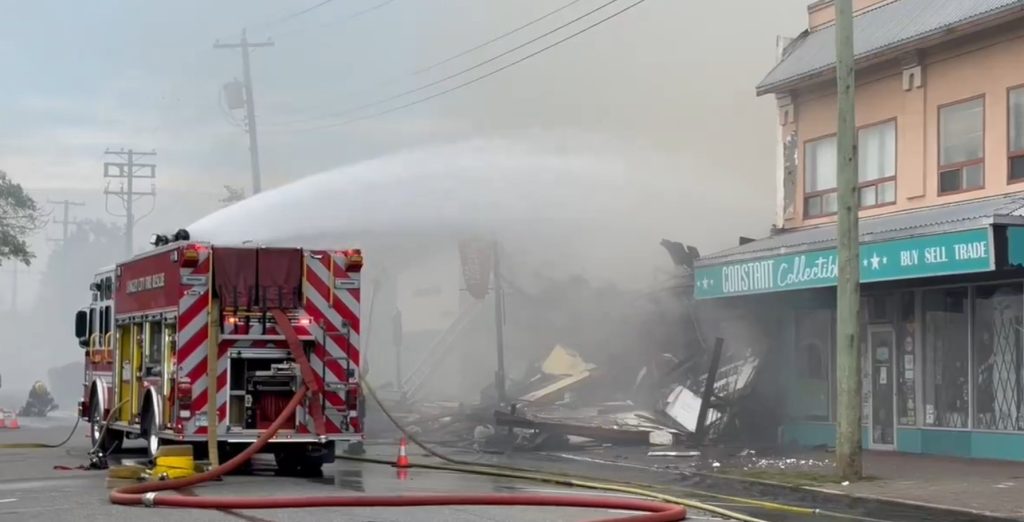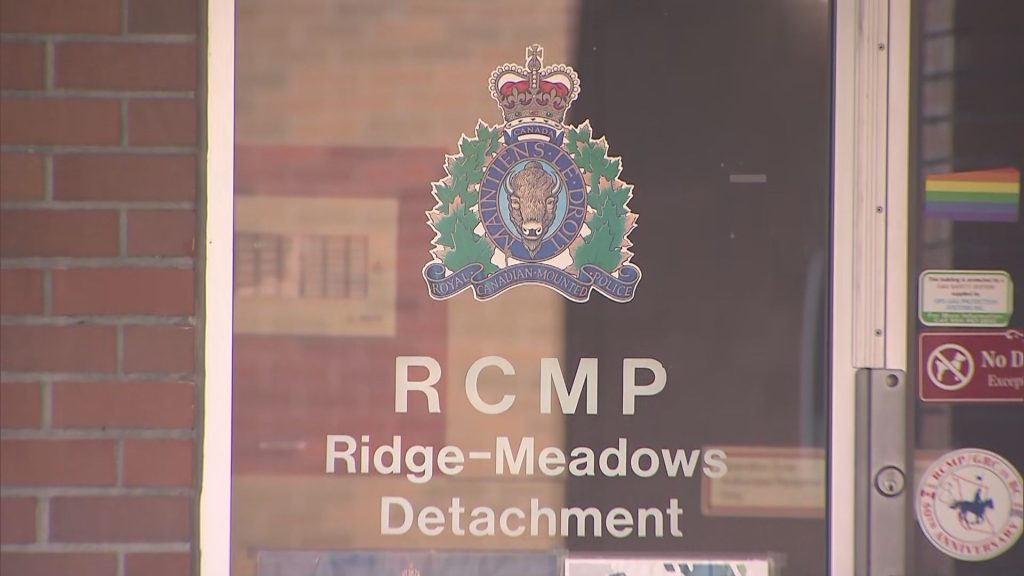B.C. drug crisis claims record number of Indigenous lives in 2022: FNHA

Posted April 21, 2023 3:32 pm.
Data released Friday by the First Nations Health Authority (FNHA) shows 2022 was the worst year on record for toxic drug poisonings among Indigenous people in B.C.
The numbers show Indigenous people died at a rate nearly six times higher than other B.C. residents, with a total of 373 Indigenous deaths recorded last year.
For Indigenous women, the figure was even higher, at 11.2 times the rate of other females in B.C.
With Indigenous people representing just 3.3 per cent of the population, Dr. Nel Wieman, the acting chief medical health officer for the FNHA, says they made up 16.4 per cent of toxic drug deaths.
“Although this rate varies from year to year, the overall trend is that First Nations people are disproportionately dying from B.C.’s toxic drug crisis and the gap continues to widen,” Wieman explained.
The figures from the FNHA come just days after the BC Coroners Service released its preliminary findings into toxic drug deaths for the period of January to March of this year. It reported that nearly 600 people died from the toxic, unregulated drug supply in that time, adding the 595 lives lost marked the second highest total ever recorded in the first three months of a year.
“The numbers do not tell the full story of the lives lost or the resulting impacts to the families, friends, communities and nations,” Wieman added Friday.
FNHA Board Chair Colleen Erickson says the drug crisis has affected every community.
“Toxic drugs have impacted all of our families and all of our communities and left our people devastated. My personal experience is that we are losing a whole generation of young people,” she said Friday.
“These continuous annual increases in deaths of First Nations people in B.C. due to toxic drugs cannot be ignored.”
Related articles:
-
Almost 600 people dead from toxic drug supply in first 3 months of 2023 in B.C.
-
Advocates say government funding hasn’t helped address toxic drug deaths in B.C.
-
Criticism of B.C.’s drug policy as the province marks 7 years of the toxic drug crisis
The health authority says it is pivoting to focus on Indigenous women “living in urban areas and away-from-home.” It adds it is also working to deliver a harm-reduction model, as well as culturally safe mental health and wellness programs to support the community.
“While we continue the good work to provide culturally safe programs and services to support those who use substances, it is clearly not enough. We must also create a climate of hope. We build hope by stepping up our efforts, by changing how we think about, how we talk about, and how we treat people who use substances. We build hope by having those difficult and courageous conversations with the people around us who use substances – with the people we care about,” Wieman explained.
B.C. declared the toxic drug crisis a public health emergency in 2016. Since that time, more than 11,000 people have lost their lives.








